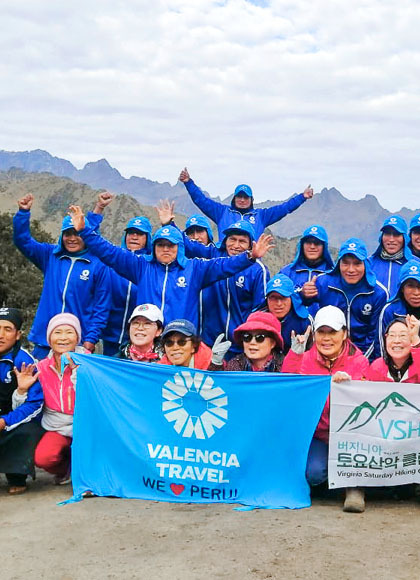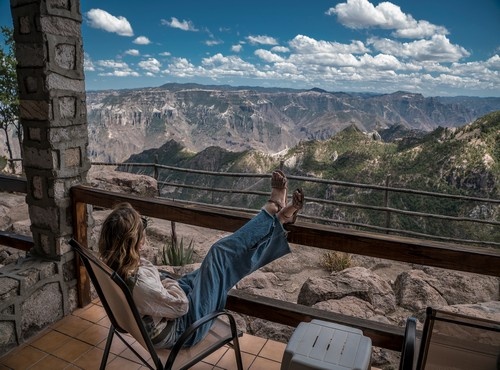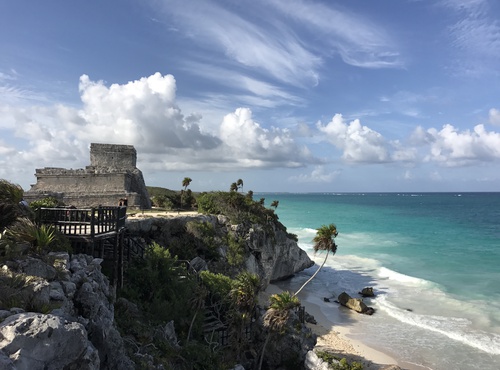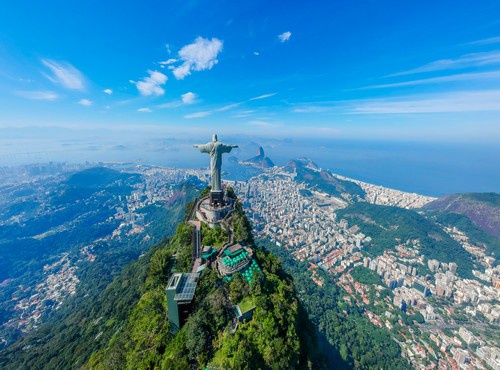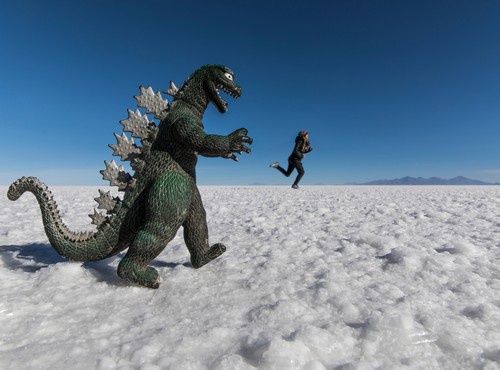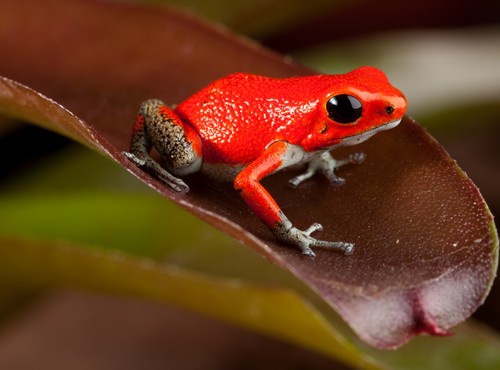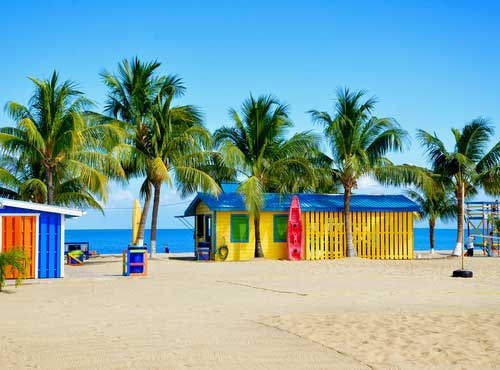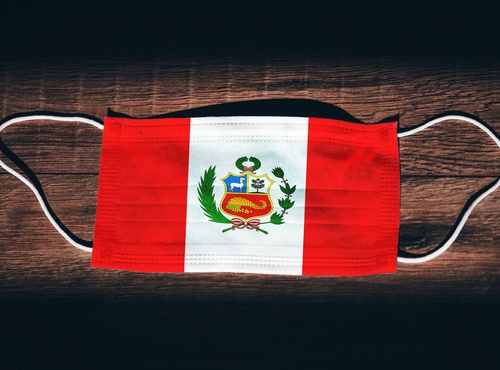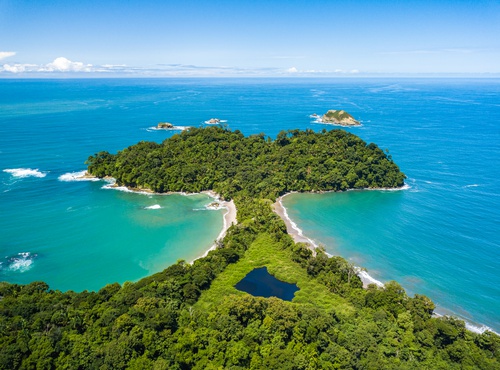
Written by:undefined undefined
Published: 05-05-2022
South America is a continent that houses so many off the beaten path travel destinations. There are a number of hidden gems to be discovered in all South American countries with many places still waiting to be discovered. While there are plenty of mind-blowing places around the continent that are yet to be discovered by tourists, with so many to choose from, it's hard to decide which ones to visit. Here are just some of the best off the beaten path destinations to visit in South America.
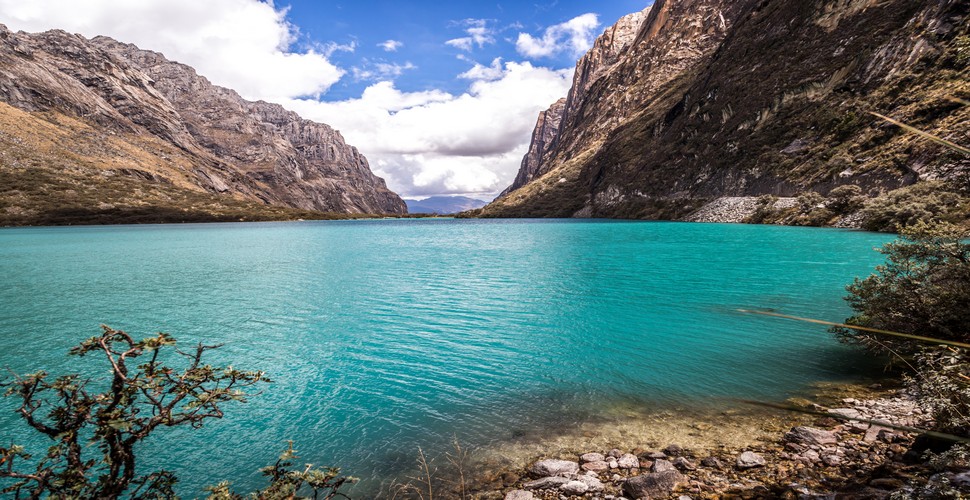
Glacial lake near Huascaran
Jujuy, Argentina
Perhaps the most unknown province in Argentina is the North western province of Jujuy. This high-altitude mountainous desert borders Bolivia and their way of life is much more similar to its northern neighbour than the bustling Buenos Aires. This region is popular with local Argentine travellers and a few backpackers, but it should be at the top of everyone's Argentinian "off the beaten track" destinations. Many travellers visit Jujuy thinking they are still in the province of Salta. It's most common to visit only on a day trip from Salta, stopping off at Purmamarca en route to the more famous salt flats. However, there is so much to see in Jujuy that the province deserves much more than a one day trip.
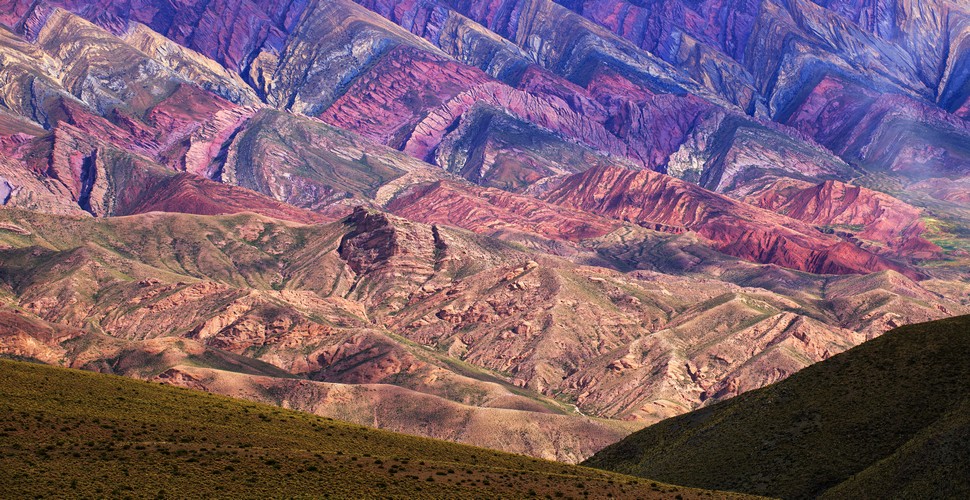
Humahuaca
The villages of Purmamarca, Tilcara, Maimara, and Humahuaca are all stunning and reminiscent of the wild west, with dusty streets lined with old buildings, most of which selling woven handicrafts. This red-earthed gorge is filled with colourful mountains, 7-Coloured Hill and Humahuaca's 14-Coloured Mountain rivalling Peru's famous Rainbow Mountain in beauty. The food in Northwestern Argentina is the best the country has to offer. Warm, hearty stews with lamb or llama meat and grains like quinoa are common. But the star of the show is the empanada. The empanadas in Jujuy and Salta alone are worth the flight!
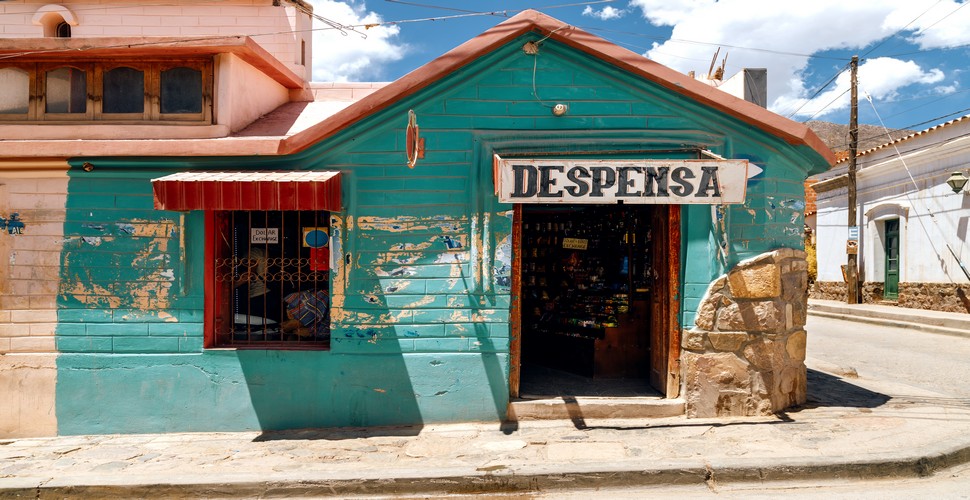
Tilcara
Cordillera Real, Bolivia
Many of the world's best hiking destinations are becoming too popular to be sustainable, but Bolivia's Cordillera Real remains an off the beaten path jewel in South America. Nestled in the ancestral home of the Aymara communities, the sprawling Altiplano region stretching the length of the continent. The 125 kilometre Cordillera Real begins southeast of Lake Titicaca, extending to just east of La Paz. Trekkers seeking spectacular views of imposing 5,000+ metre glacial peaks, transparent lakes, as well as solitude need look no further than the Cordillera Real.
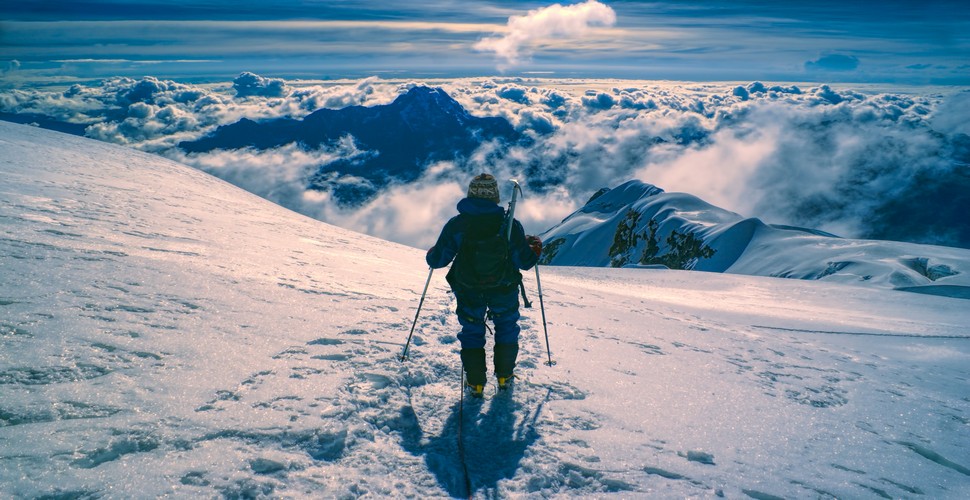
Huayna potosi
Trekkers should spend a few days acclimating in La Paz, which is at an altitude of 3,650 metres, before heading to the Cordillera Real, as most treks will be at an elevation of 4,500 metres or more. Hikes can be arranged in La Paz and range from day trips up the 5,300m Pico Austria to a full Trans Cordillera traverse, which takes around 17 to 20 days. One of the great things about hiking here is that no permits are required. Treks can be completed both with or without a guide, but going with a guide is recommended as the trails can be very remote and weather conditions catch out many trekkers. One of the best ways to experience trekking in the region is to pick up a guide in La Paz and head to the base of Huayna Potosi at 6,088 metres. This impressive mountain can be seen from La Paz's neighbouring city, El Alto, and is the perfect place to try mountaineering for the first time. The glacial summit can be reached with the help of a licensed guide and is ideal for hikers looking to challenge themselves with more complicated terrain. Having hiked in the Cordillera Real during the days prior, trekkers should be acclimatised for the summit, and the views from the peak at sunrise are mind-blowing. Go now before the word gets out!
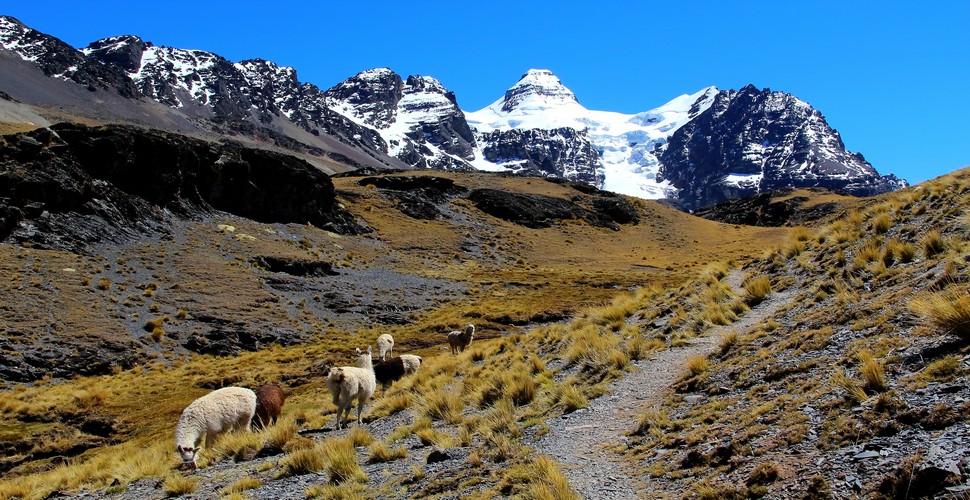
Cordillera Real, Bolivia
Madidi National Park, Bolivia
When someone mentions the Amazon, Bolivia is probably not the first country that comes to mind. However, the North-Eastern part of the country encompasses a remote section of the Amazon basin. All the typical things you would expect to find in the Amazon can be found in Madidi, however due to its far-flung location, there are fewer people there, making it a more authentic experience. Arriving in Rurrenabaque is typically Amazonic as a plane taxis down a palm-tree lined dirt path to the airport, which is a small cabin lined with mosquito netting. On the way into town, capybaras and caimans can be seen along the side of the road.
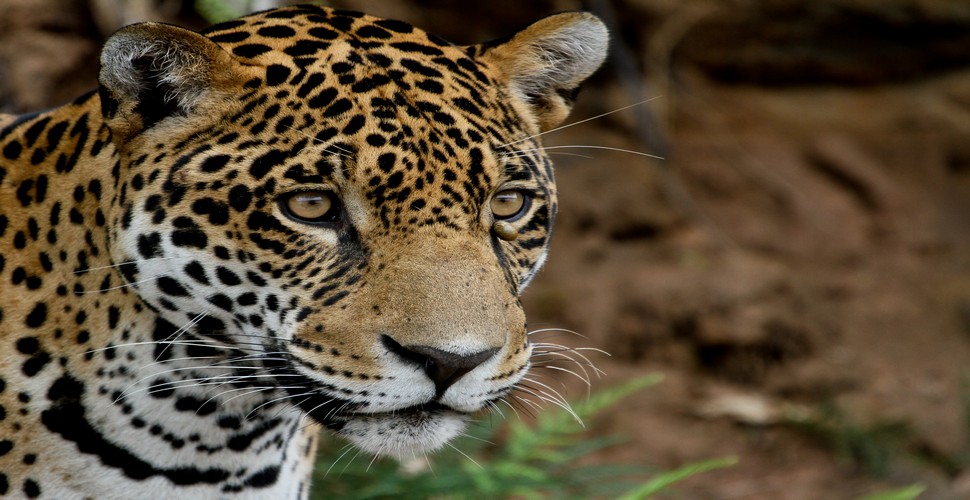
Jaguar in Madidi
Madidi National Park offers a wide variety of activities, many of which are provided at the different lodges. You can head out early in the morning to watch the Amazon wake up, spotting tarantulas, tapirs and monkeys as well as many different birds and insects. Or venture out after dark for a night walk in the jungle. Between jungle walks, you can head out on a boat ride, go piranha fishing, or even perform handicraft making with nuts and seeds collected from the forest. When you visit Madidi National Park, the tours start and end in Rurrenabaque. If you have a bit of flexibility, you can take your chances and just show up in Rurrenabaque and find a tour upon your arrival.
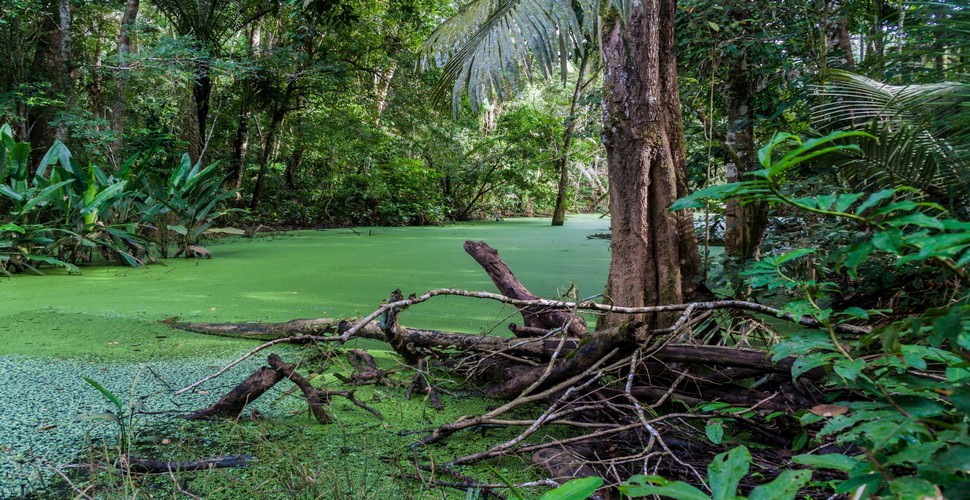
Madidi National Park, Bolivia
Llencois Marahenses National Park, Brazil
While Brazil is famous for its endless beaches and bustling nightlife, there is no doubt that the country's most amazing off the beaten path place has to be Lençóis Maranhenses National Park in Northern Brazil. Lençóis Maranhenses is a unique desert to visit in Brazil, where during the wet season, rainwater accumulates between the sand dunes. This results in a variety of blue and green freshwater lagoons, offering a mind-blowingly surreal landscape.
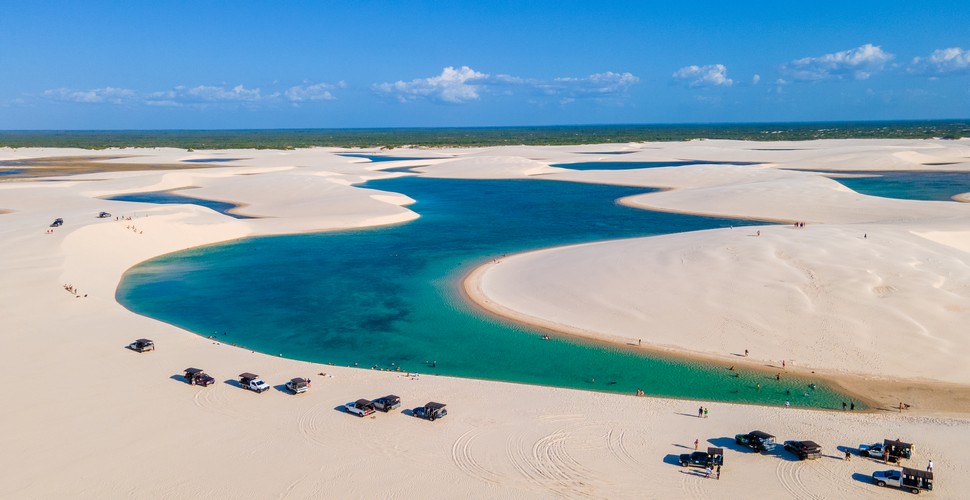
Lençóis Maranhenses
The desert of Lençóis Maranhenses is not a place where you will have to deal with a lot of tourists due to the accessibility, to say the least. You can get to the Lençóis Maranhenses National Park from Jericoacoara after an epic journey, which will take you to Barreirinhas, the entrance town to the park. You can take a jeep tour from Barreirinhas to explore, but we recommend you get to the small coastal village of Atins. Be warned that hiking in the desert is quite tricky due to the heat and there's no shade to hide from the sun. The only way to get refreshed is by taking a dip in all the lagoons along your trail.
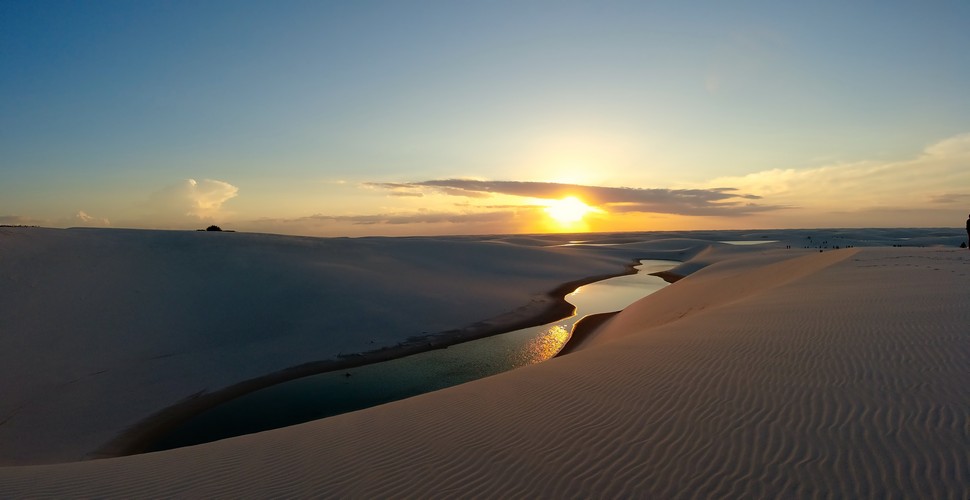
Lençóis Maranhenses, sunset
Salvador, Brazil
One of the highlights of Salvador is the Pelourinho district. It's listed as a UNESCO World Heritage Site and it will leave you in complete awe. The brightly coloured buildings are an example of some of the most exemplary Portuguese architecture. Pelourinho is the historical centre of Salvador and is a great place to learn about the area's African culture and heritage, including its history, art and music.
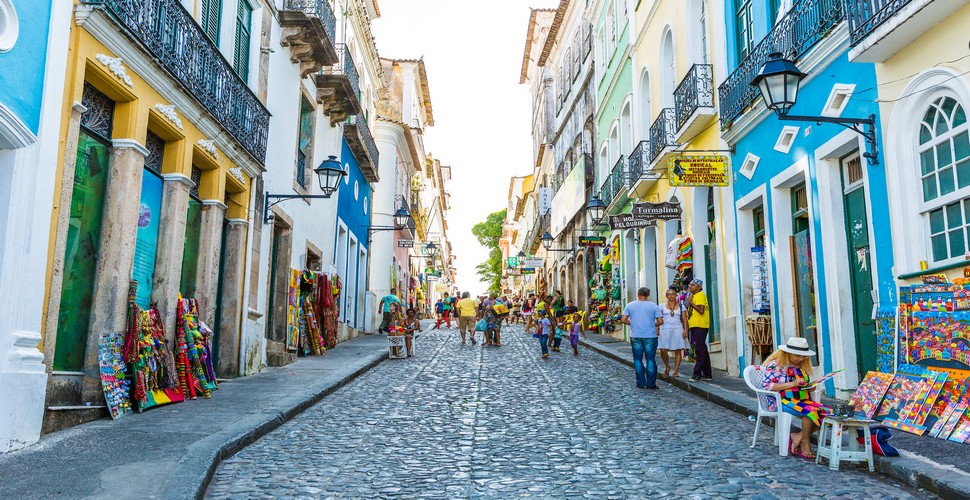
Salvador, Brazil
As you wander the streets, you will encounter a wide variety of bars and restaurants, usually with live music. The locals are only too happy to let you explore their artwork and will help you to choose the right gifts and souvenirs to suit your requirements. If you can, try to get down to Pelourinho on a Tuesday night. You'll be able to enjoy the lively party atmosphere on the cobblestone streets. If you're looking for other activities, head to the beaches to relax and enjoy the sunset. If the weather is warm, consider taking a diving tour or go snorkelling in the sea. Other adventures include finding hidden caves or hiking trails.

Salvador, Brazil
Easter Island, Chile
A five-hour plane ride from Chile, Easter Island is one of the most remarkable places to visit in South America if you want to get away from the crowds. Despite the remote location, some visitors only spend one day there; however, more time is recommended for the best way to explore the island. Of course, Easter Island is famous for its magnificent moai. These impressive structures were made between the years of 1250 and 1500, but there are still many unanswered questions about them. Why were they made? How were they transported around the island? The full history of these giant heads is still unknown.
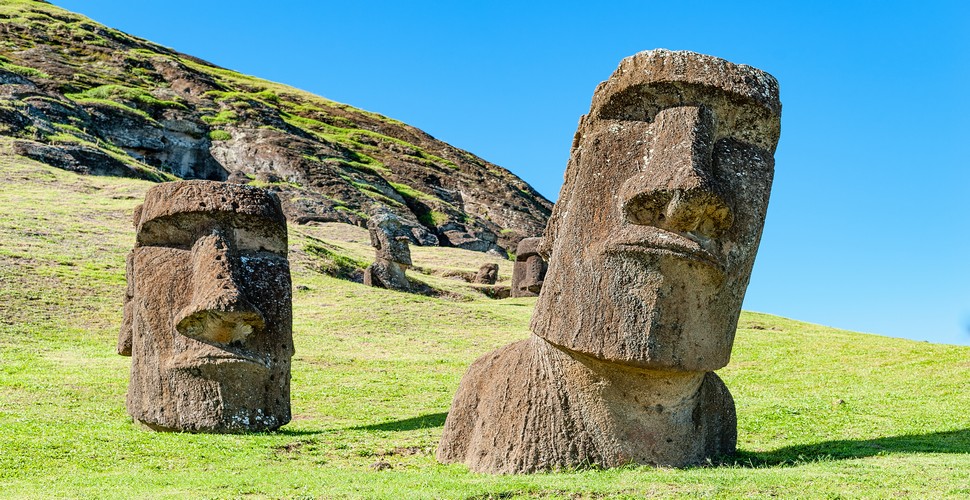
Moai heads
Visit Ahu Tongariki, Rano Raraku, Ahu Akivi, and Anakena Beach as well as additional impressive moai scattered all over the island. If you're looking for other activities, head to the beaches to relax and enjoy the sunset. If the weather is warm, consider taking a diving tour or go snorkelling in the sea. With the easy access to the ocean, restaurants serve a lot of delicious tuna and ceviche, so definitely sample the seafood. Hanga Roa downtown area is the place to find to eat on your visit to the fabulous Easter Island.
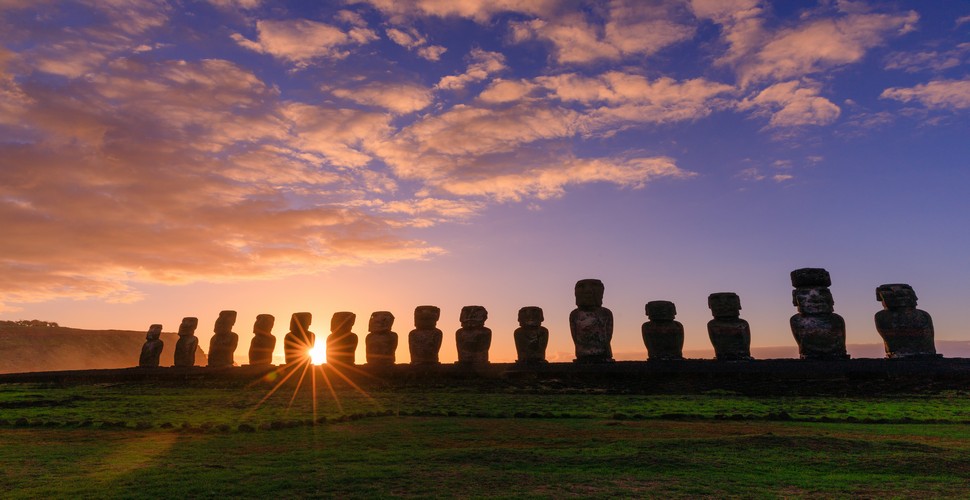
Sunset on Easter Island
Punta Arenas, Chile
Punta Arenas, in Southern Chile, is the starting point for travellers ready to cruise Cape Horn and the Straits of Magellan.. Punta Arenas was once an obligatory stop-off point for ships travelling between the Atlantic and Pacific oceans and ships docked there to load and unload passengers and cargo. The town prospered until 1914, when the opening of the Panama Canal cut transit time between the oceans by 8,000 miles and Punta Arenas' fortunes declined. You can still see many traces of the city's past splendour.
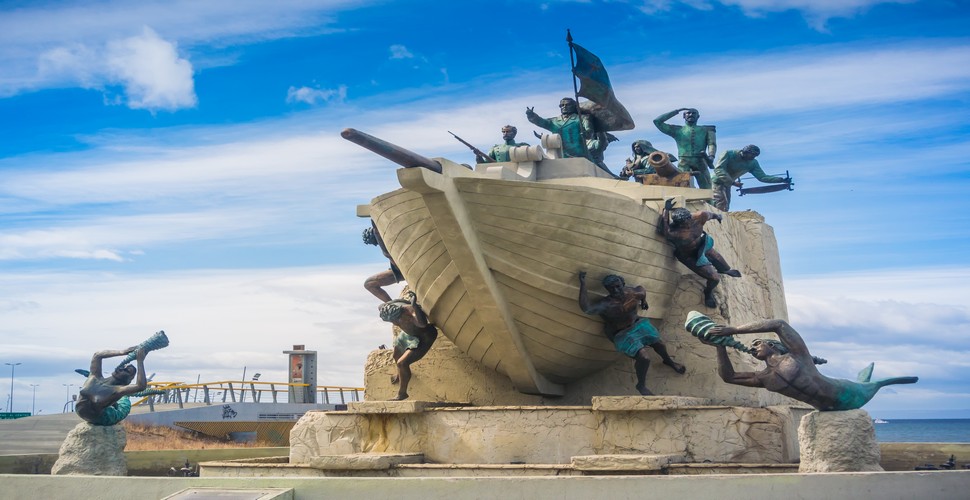
Punta Arenas
It is evident in the city's buildings and parks, but especially its local cemetery, the Cementerio Municipal de Punta Arenas Sara Braun. It has been ranked as one of the most beautiful cemeteries in the world and declared a National Monument of Chile. Sara Braun was a Latvian immigrant who travelled to Punta Arenas in the early 1900s. She eventually became the richest woman in Patagonia through shrewd investments and advantageous marriages. She donated the land for the cemetery and dictated that after her death, the main doors of the cemetery were to be sealed forever. Even today, the only entrance to the cemetery is through a side door. The ships that cruise Cape Horn, the Straits of Magellan, the Beagle Channel and the waterways Tierra del Fuego leave from Punta Arenas. Through these waters, you can travel the same places explored by Ferdinand Magellan as he circumnavigated the globe and Charles Darwin as he researched the region.
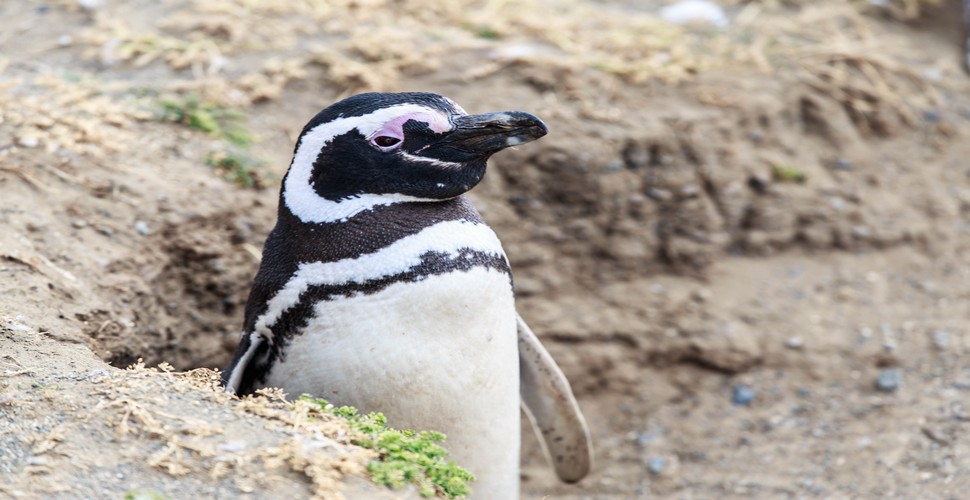
Magellan Penguin
Providencia, Colombia
If you're looking for an off the beaten path South American destination, then you can't get more off the beaten track than Providencia Island. Providencia is home to the clearest blue seas imaginable and gives the name to the surrounding Sea of Seven Colours. The island is famous for scuba diving, its beautiful white sand beaches, and just generally being an idyllic island. One of the highlights is a day trip to Cayo Cangrejo (Crab Cay), the small island that's also part of the National Park. You can hike up to the top of the island to get the most amazing panoramic view of the Sea of Seven Colours.
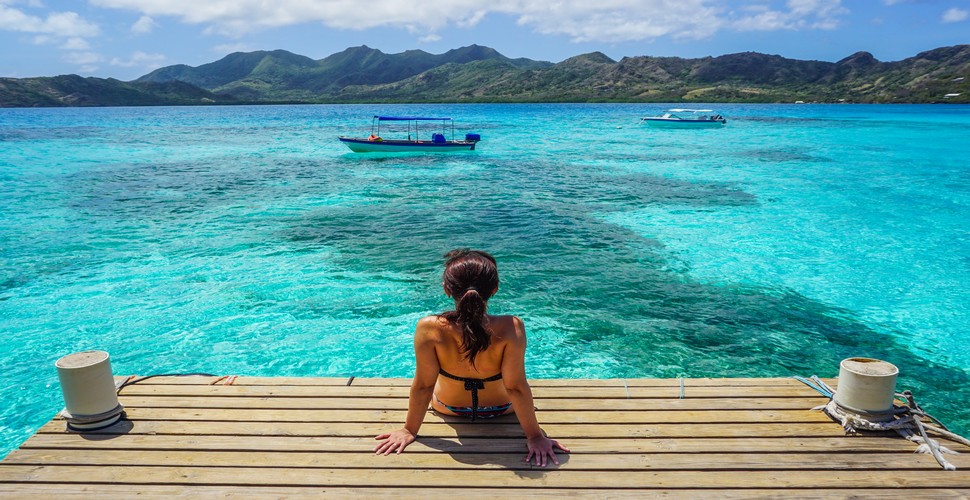
Providencia Island
There's also an entertaining atmosphere at night as there are a few laid-back cocktail bars on the island. It's not just the beautiful sea and pristine white beaches that make this island so special; the people are also incredibly friendly too. As it used to be a base for English pirates, the language is still mostly English in Providencia, which makes it even easier to visit if you are from an English-speaking country!
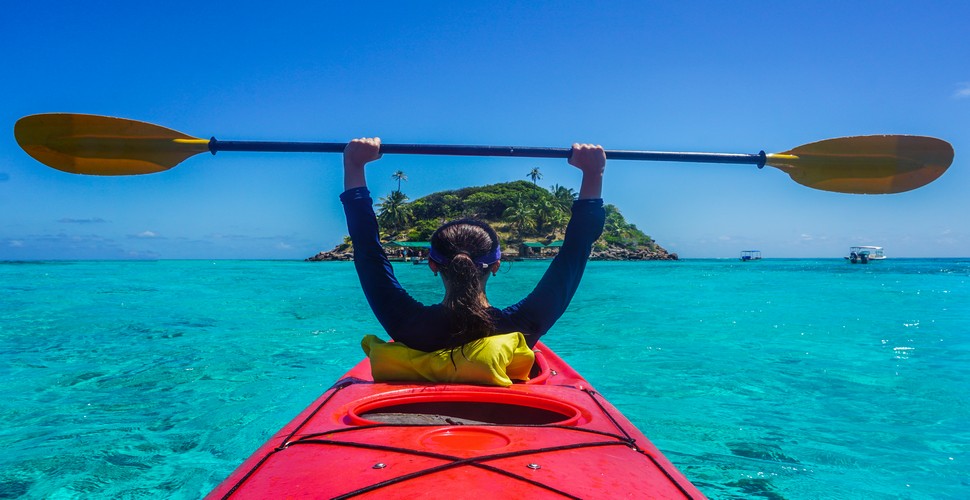
Kayaking to Providencia, Colombia
Cuenca, Ecuador
Ecuador is a country that people often choose to rush through. They either land in Quito and fly to the Galapagos or they cross overland from Colombia, spend a few days in the eco-adventure capital of Baños, a few more days on the beach and then head off for Peru. Despite being a small country, Ecuador has plenty more to offer than just those few spots. The colonial city of Cuenca is often overlooked, especially by those that have spent time in Quito. Cuenca is a pleasant city to explore on foot, and the city centre is listed as a UNESCO World Heritage Site thanks to its architecture.
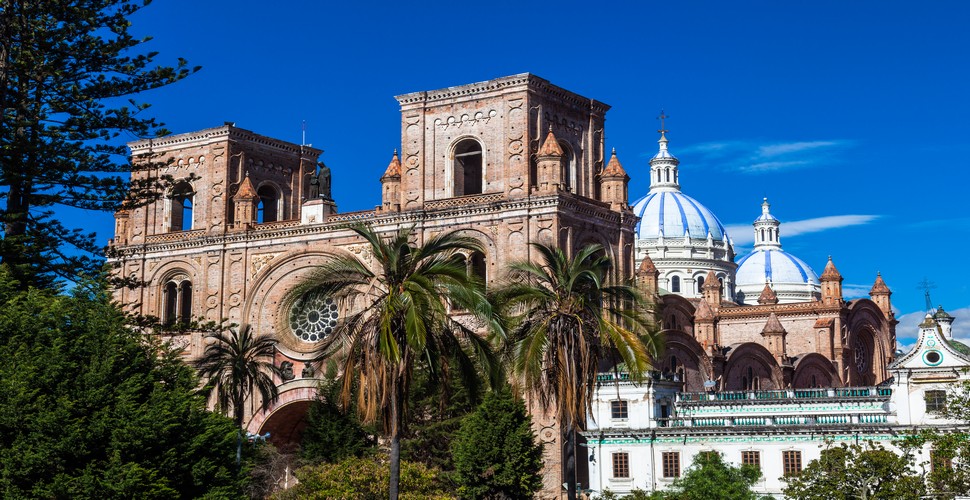
Cuenca Cathedral
One spot not to miss is the beautiful Cathedral of the Immaculate Conception. The cathedral's large blue and white domes can be seen from various points across the city. While most people go to see ancient ruins in Peru, the Quechua culture thrives in Cuenca. It's also a great base to visit the former Inca palace of Ingapirca and to hike in the Cajas national park, without any of the queues or elevated costs for touristic activities in Peru. Cuenca is also a great spot to just relax and take it easy. Located in the Andes, there are a number of great markets serving incredible roast pork, and fantastic bakeries, and if you need to get your teeth cleaned the city is known for being one of the best places in South America for dental work at an affordable price.
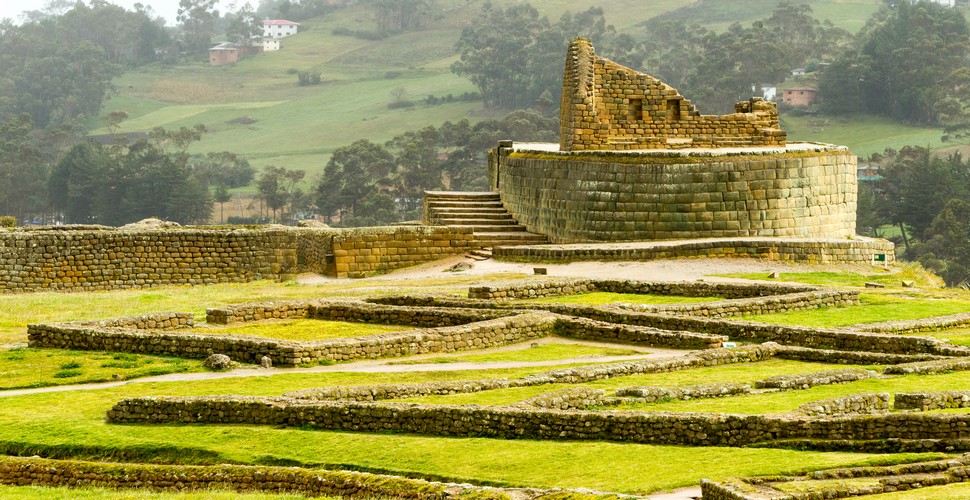
Ingapirca
Apurimac River, Peru
The Apurimac River passes through the Apurimac Canyon in the southern part of Peru, deep in the Andes. The canyon is a two-hour drive along a dirt road from Abancay, but most of the canyon is inaccessible except by a rafting trip on the river. Three-day white-water rafting trips leave from Cusco, but it is a four-hour drive from Cusco before you get to the river. The narrow canyon is up to 3,000m deep in parts and Andean condors are common here and are often seen as tiny dots circling far overhead.
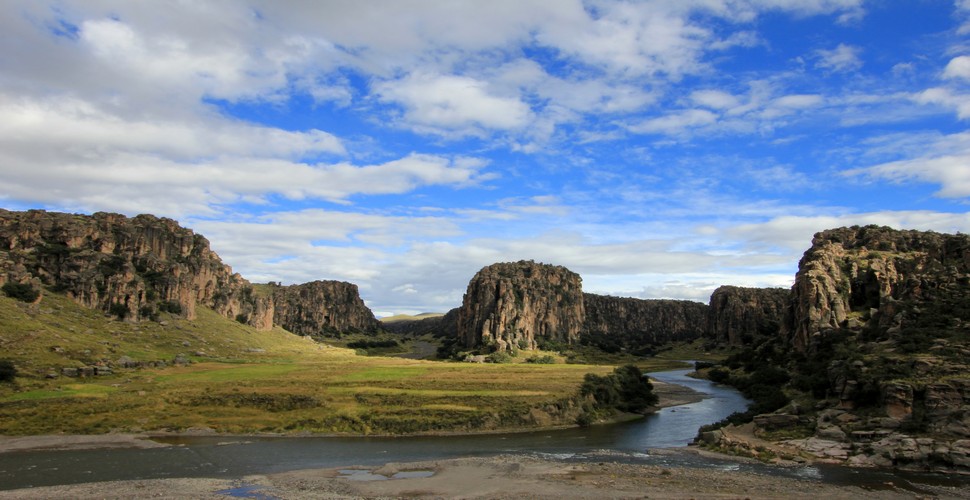
Apurimac Canyon
A rafting trip is an excellent way to enjoy the beauty and grandeur of the canyon, but it is the rapids that really take your attention. The river has multiple rapids, from pleasantly bumpy Class II and Class III rapids to Class IV rapids, which will get your adrenaline pumping and require an expert to guide you. There are also several Class V rapids on this river and not for the faint-hearted! The river plummets several metres in a dramatic water cascades and it is common to be tossed into the flowing waters and be fished out when you have floated into calmer waters. This trip is considered to be one of the top ten river rafting trips in the world for good reason, and so it is definitely one of the most exciting things to do in South America for adrenalin junkies!
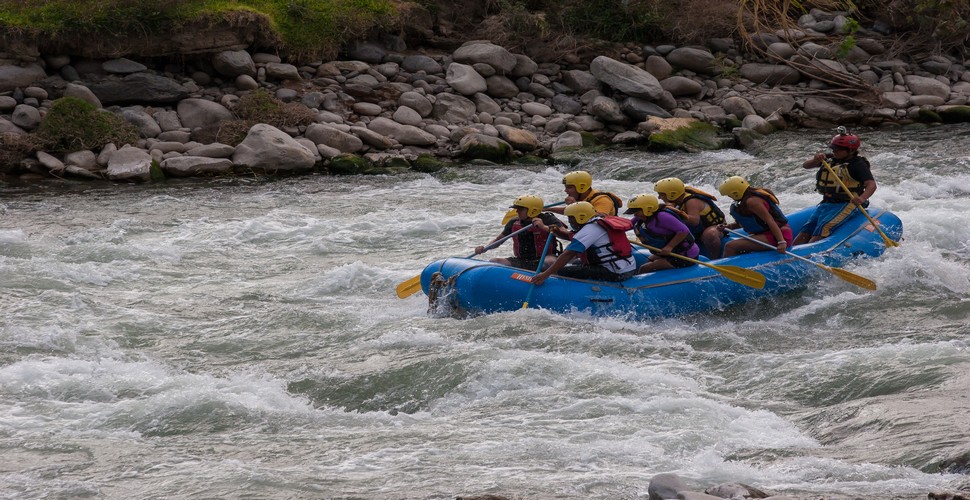
River rafting in Peru
Chachapoyas, Peru
Located in the Amazonas region of northern Peru, Chachapoyas isn't the most accessible place to get to. But the surrounding scenery and sites more than make up for it. Kuelap is an archaeological site high in the mountains close to Chachapoyas. Built by the Chachapoya people in between the sixth and sixteenth centuries, it could be as much as three times older than Machu Picchu, but it is far less visited. The Chachapoyas were also known as Cloud People, and when you look around, you will understand why.
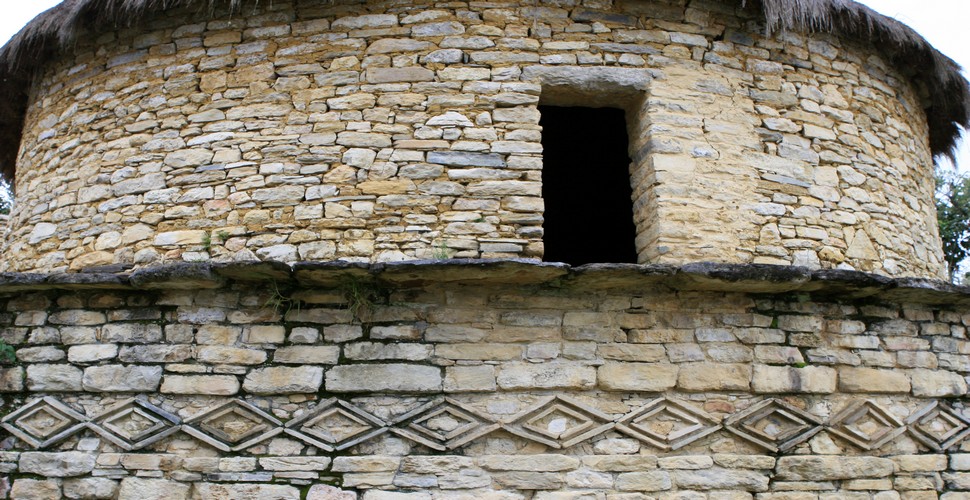
Kuelap, Chachapoyas
A vast wall surrounds the fortified city, and inside, the trees and plants are starting to reclaim the remains of the terraces and buildings. A recently opened cable car has made access to Kuelap much easier, although it does take away a little from the magic of it all! The other main attraction near Chachapoyas is the Gocta Waterfall. Once considered the 3rd highest waterfall in the world, changes in how waterfall are measured have reduced it to fifteenth place. No matter how you measure it, Gocta is still very impressive indeed. The hike to the waterfall isn't difficult, but you can hire a moto taxi or a horse to take you part way if you'd prefer.
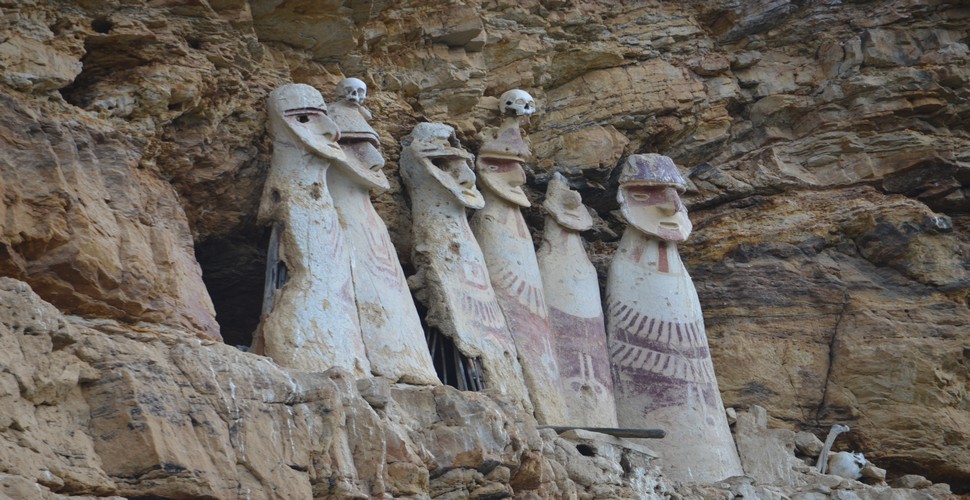
Burial site at Kuelap
Huaraz, Peru
Huaraz, in central Peru, is a must-visit if you love hiking or trekking. Located at an altitude of 3,052 metres and surrounded by multiple mountain ranges, it's considered the adventure capital of Peru. Many trekkers spend at least a few days here to acclimatise before venturing out on one of the many multi-day treks the region has to offer. The best time to visit is in July or August, during the dry season as It's the perfect time for trekking. Some of the best short treks from Huaraz include Laguna Peron, Laguna Aguak, and Laguna 69. Many trekkers end up in Huaraz to do the popular Santa Cruz trek that takes 3-4 days.
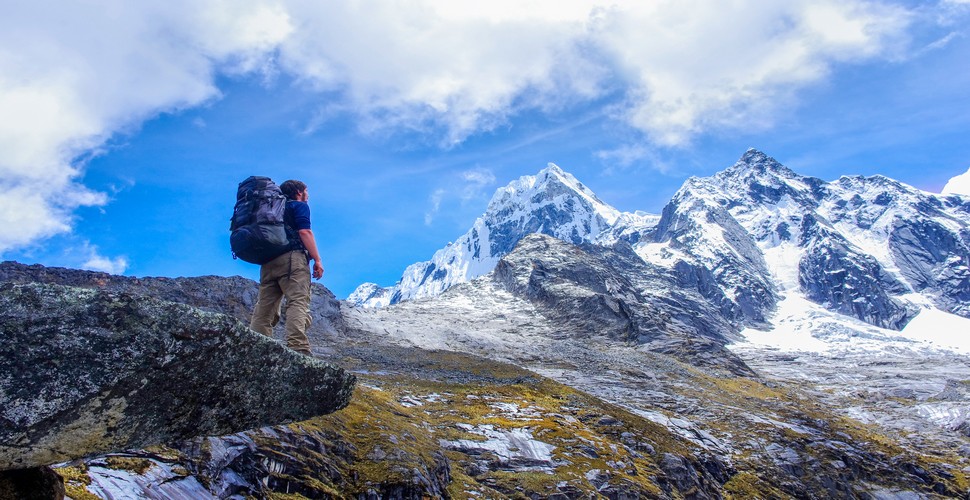
Huascaran, Huaraz
If you have more time, the Huayhuash Trek is an 8-14 day trek that goes through the heart of the Huayhuash Mountain range and is one of the most underrated multi-day treks in Peru. For something a little more cultural, the ruins of Wilcahuaín are a 2-hour walk from the town, which is perfect for the acclimatisation process. The ruins here date back to 900AD and are an excellent example of a pre-Columbian archaeological site in Peru for a more off the beaten track experience.
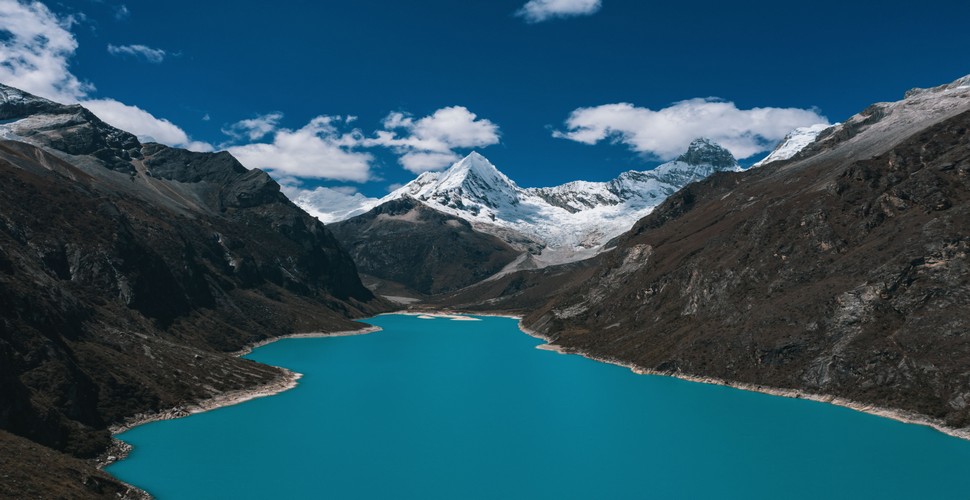
Peron Lagoon with Huascaran in the background






